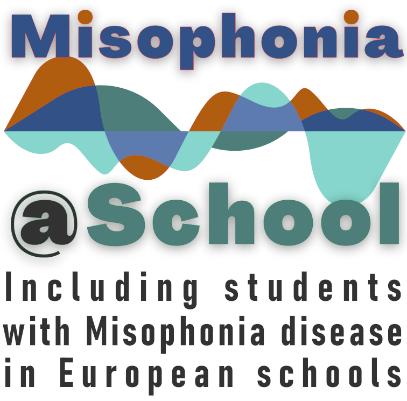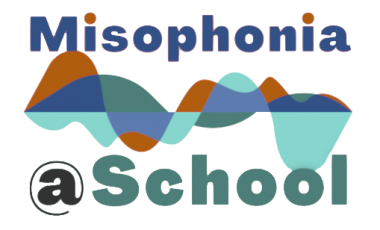

Nasza mobilna aplikacja dotycząca mizofonii
Misophonia is a severe and particular form of decreased sound tolerance, and discomfort in the ears or earache, associated with sound exposure. The term “Misophonia” appeared in 2001 for the first time, in a scientific paper by the neuroscientists Margaret M. Jastreboff and Pawel J. Jastreboff. In this paper they distinguished Misophonia from Phonophobia, a well-known sound disorder with psychological origin. Differently from Phonophobia, Misophonia appears to be a disorder at neurological level. At the moment, researches and studies on Misophonia have reached not final but important goals. In 2017, an experimental study carried out by the Institute of Neuroscience at Newcastle University and led by Sukhbinder Kumar (who is a staff member of the present project), revealed a physical difference in the frontal lobe between the cerebral hemispheres of people with Misophonia, with higher myelination in the grey matter of ventromedial prefrontal cortex. Misophonia causes children, adults and the elderly who are affected by it, to behave in a way to prevent from entering louder environments, and from working and interacting socially.

Outputs
The Misophonia@School project will carry out study and implementation activities addressed to produce the following four Intellectual Outputs:
- — IO1: Misophonia Mobile Application.
- — IO2: Misophonia E-learning Course.
- — IO3: Misophonia Handbook.
- — IO4: Misophonia Web Resource Centre.
All Misophonia@School products will be progressively available on this website in 9 languages: English, Italian, Spanish, Poland, Turkish, German, Slovenian, Greek and Icelandic.
Aplikacja mobilna, przeznaczona do użytku w klasach, umożliwia nauczycielom zastosowanie i przeprowadzenie innowacyjnego protokołu badań przesiewowych w celu zindywidualizowania uczniów cierpiących na mizofonię. Główną ideą jest zapewnienie nauczycielom serii dźwięków lub sytuacji „wyzwalających” (dźwięków i sytuacji, które zwykle powodują, że osoby mizofoniczne czują się źle), które można zaprezentować uczniom w celu obserwacji/analizy ich zachowania. Sytuacje wyzwalające są obecnie dobrze znane: żucie, ciężki oddech, uderzanie/stukanie w biurka, patrzenie na drżące nogi lub ramiona, powtarzający się dotyk i inne. Mobilna aplikacja na Androida i iOS (Apple iPhone) jest przyjazna w użyciu i łatwa do udostępniania nauczycielom/uczniom. Można ją pobrać tutaj:
Misophonia@School – App on Google Play
Misophonia@School – App on App Store
The European Commission’s support for the production of this web resource centre does not constitute an endorsement of the contents, which reflect the views only of the authors, and the Commission cannot be held responsible for any use which may be made of the information contained therein.
Project number: 2020-1-IT02-KA201-079622

© Misophonia@School 2023